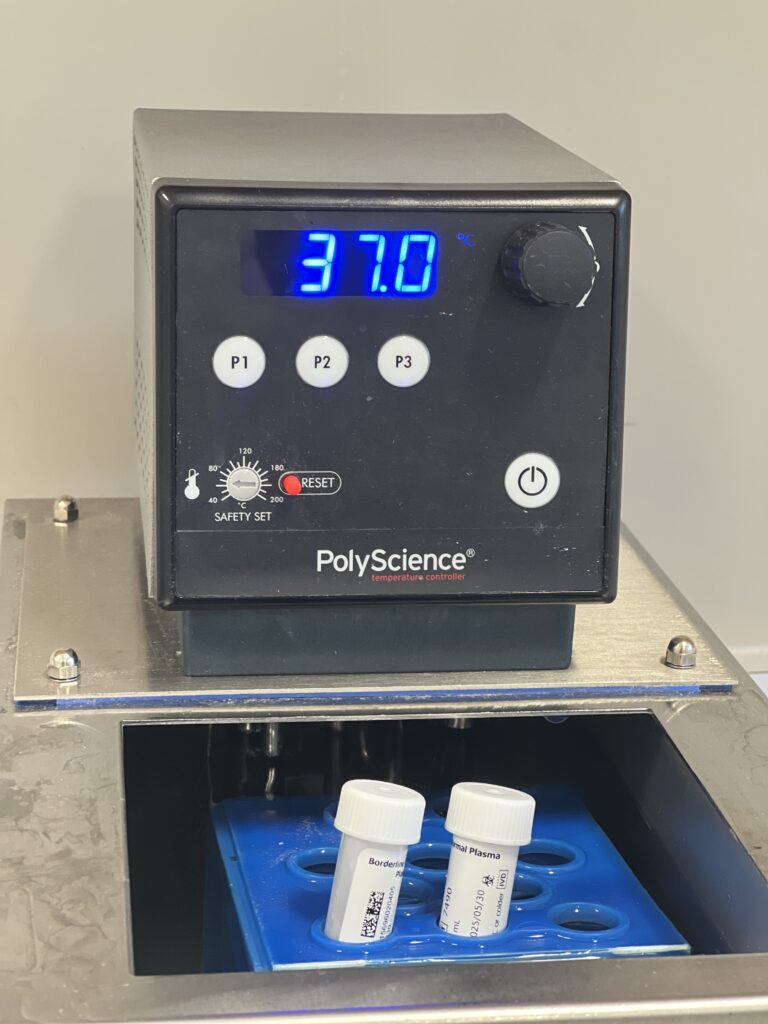How to Properly Thaw Frozen Plasma Samples in the Coagulation Lab
Thoughts on Thawing
Thawing frozen samples correctly is essential for accurate testing. Follow these straightforward steps to ensure your results are reliable.
The Best Way: Using a Circulating Water Bath
- Set the Temperature: Use a water bath set to 37°C.
- Thawing Time: For small vials (1.0 mL), it usually takes 3–5 minutes. Larger samples may will need extra time (ask your account representative for instructions on thawing bulk containers).
- Check Progress: Make sure the sample is completely thawed but avoid leaving it in the water bath for too long.
Water baths are ideal because they:
- Thaw samples quickly and evenly.
- Provide steady heat without fluctuations, even with multiple samples.
- Reduce the risk of overheating compared to heat blocks.
Final Tips
- Always stick to 37°C when thawing.
- Mix the sample gently and thoroughly after thawing to ensure consistency.
- Avoid overheating, as it can damage the sample.
By following these simple steps, you can maintain the quality of your samples and get accurate results every time!
A – Always store at -70°C or colder (can store at -20°C for use within 1 week).
B – Be sure to thaw samples for 3-5 minutes in a 37°C circulating water bath.
C – Coagulation Testing – For our CORE and SysCOR Kits, it is best to thaw 4-5 samples at a time, mix gently, place samples on analyzer, and repeat process until all samples are tested.

